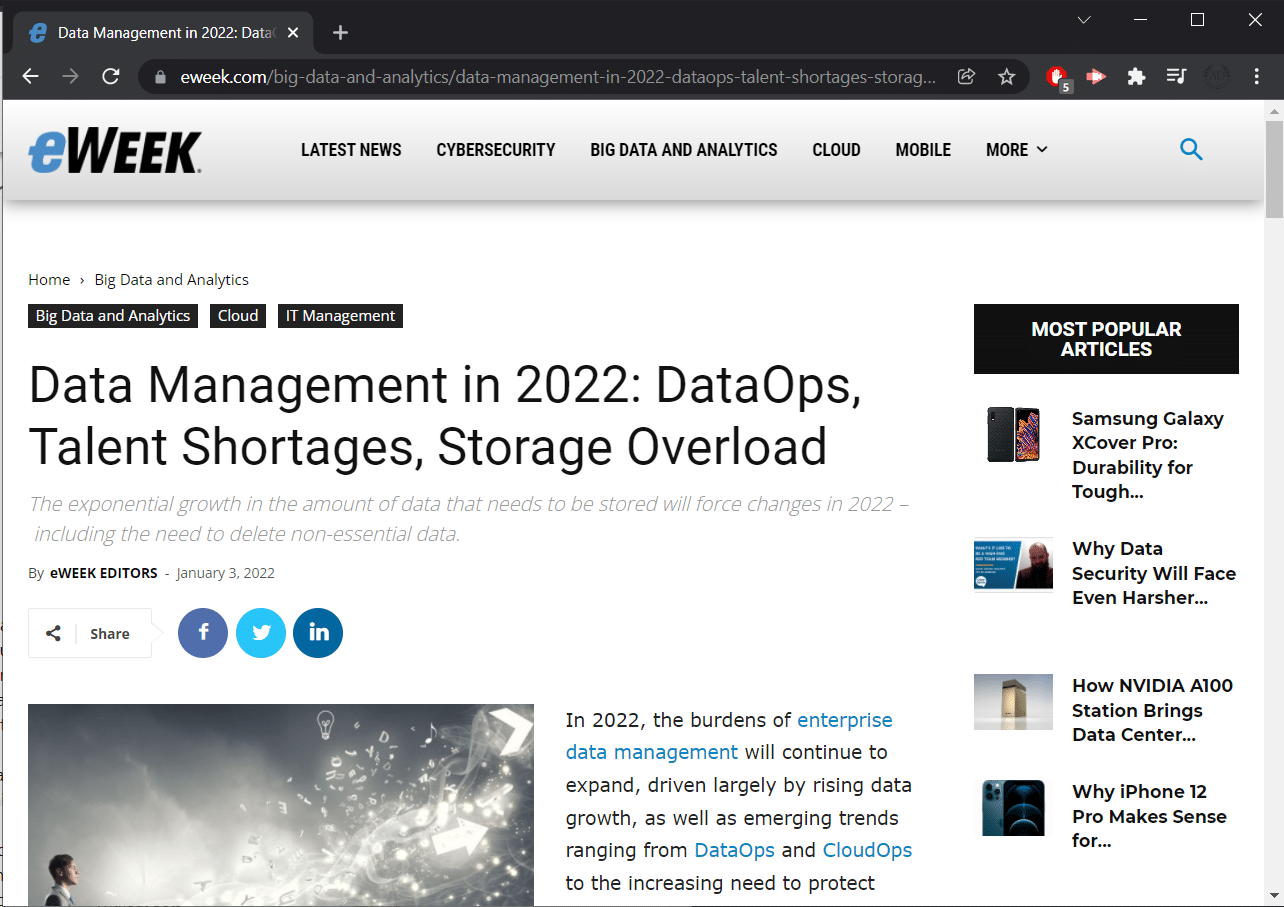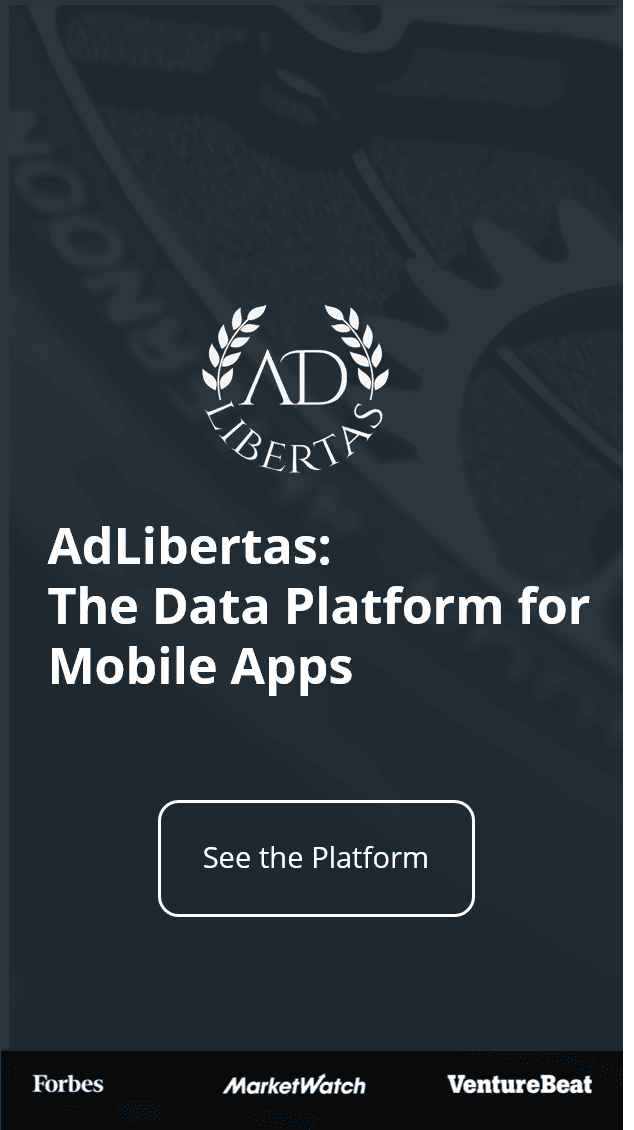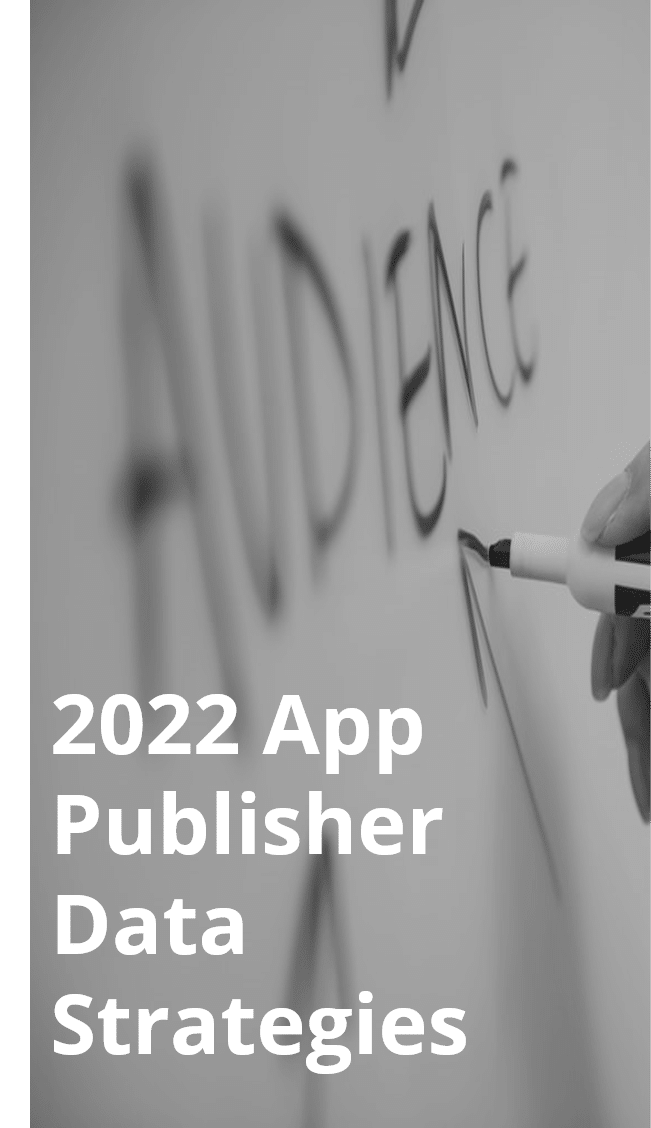Innovations in mobile data we’re most excited about for 2022
After the holiday and year-end crush, the slow period in January has traditionally served as a time mobile app developers spend planning the year ahead and implementing and testing new infrastructure that was back-burnered during Q4. This year is no different with many folks migrating to a new ad platform and struggling to adopt new privacy technology strategies/workarounds.
When it comes to how mobile companies are planning how to best utilize data for growth in 2022, we’ve seen some trends and applications that we’re excited to see gain traction. From company staffing to the application of machine learning, the underlying theme of data utilization has become table stakes for proactive growth strategies and we’ve shared some of our favorite trends for 2022.
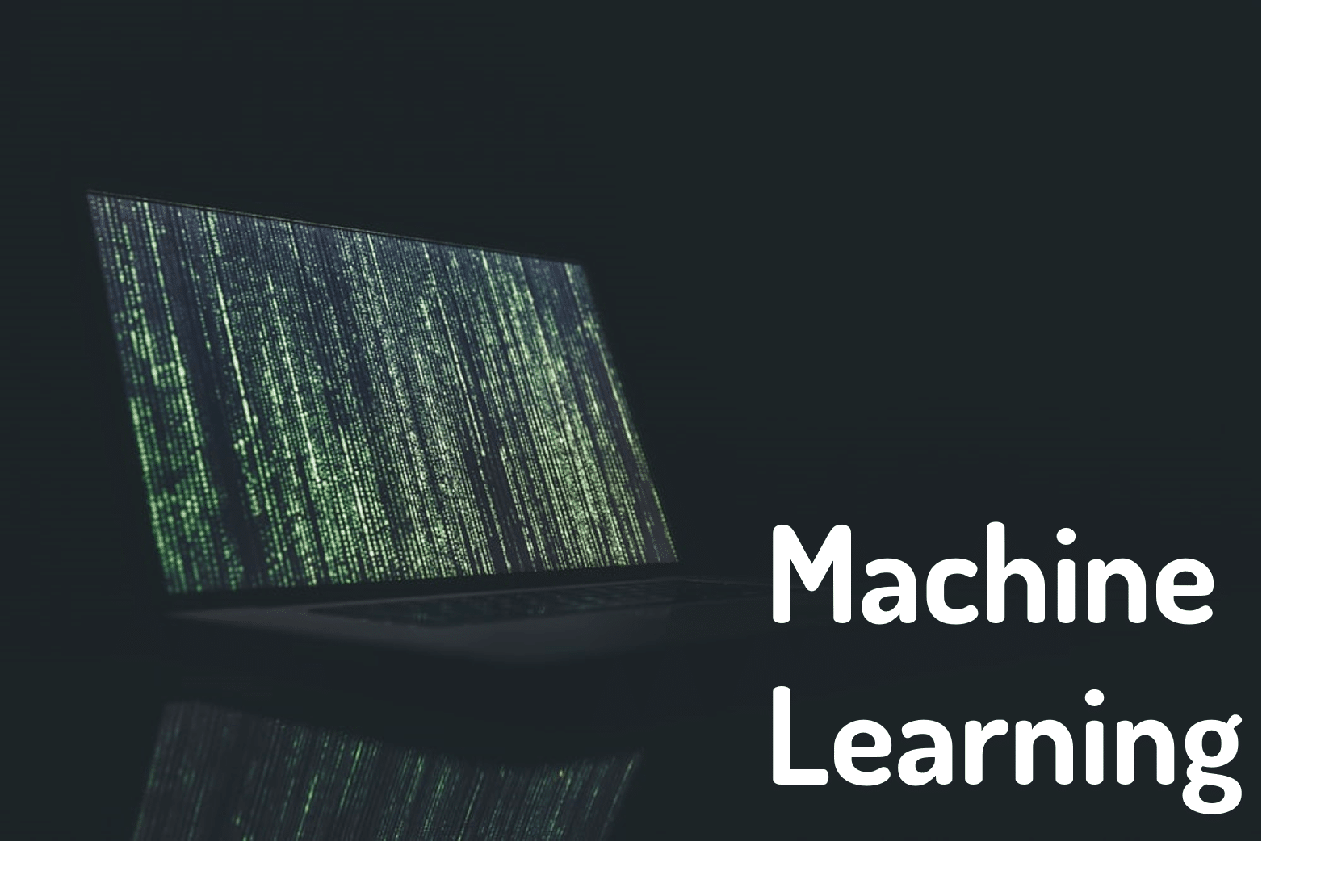
Machine Learning: predicting user-behavior
“What’s the difference between artificial intelligence and an algorithm?
The number of if statements.”
Unfortunately, machine learning is often used as a de facto buzzword for marketing a miracle product. This is unfortunate because there are real-world, valuable applications. Machine-learning is a subset of artificial intelligence, and in the context of mobile apps machine-learning (ML) is primarily used for applying historical pattern-matching to incomplete datasets for the purposes of drawing predictions. In the context of mobile apps: quickly predicting user outcomes by drawing upon historical user data.
While the possibilities of application are endless, there are two main subsets we see for application:
Projected user value for increasing marketing effectiveness
Here, based on traditional user behavior, a pLTV ML-enabled model can return the projected value of a user for the purposes of tuning acquisition strategies. While this can be done without artificial intelligence, the advantage is a well-suited machine-learning model would be a more accurate outcome at a per-user level. The downside is most ML models require an initial upfront investment, take time to develop, and require intense processing to develop an outcome, making getting an output quickly difficult.
Predicted user behavior and applying dynamic app behavior (LiveOps)
Advancements in remote configuration and liveops technology as well as pressures from falling CPMs are leading app developers to increasingly make the investment in infrastructure to allow dynamic experiences, changing their app’s behavior, pricing, or functionality based on user predictions. The most common example (non-ML) of dynamic content is running an AB test to test how different “experiences” affect behavior. Of course, AB test cohorts are usually assigned at random. However, applying an ML model allows app developers to be much more strategic with their content experience strategies. Some of our favorite examples of this are: engaging likely users likely to churn with additional content or a free offering; and changing user features or pricing based on their likelihood to purchase.
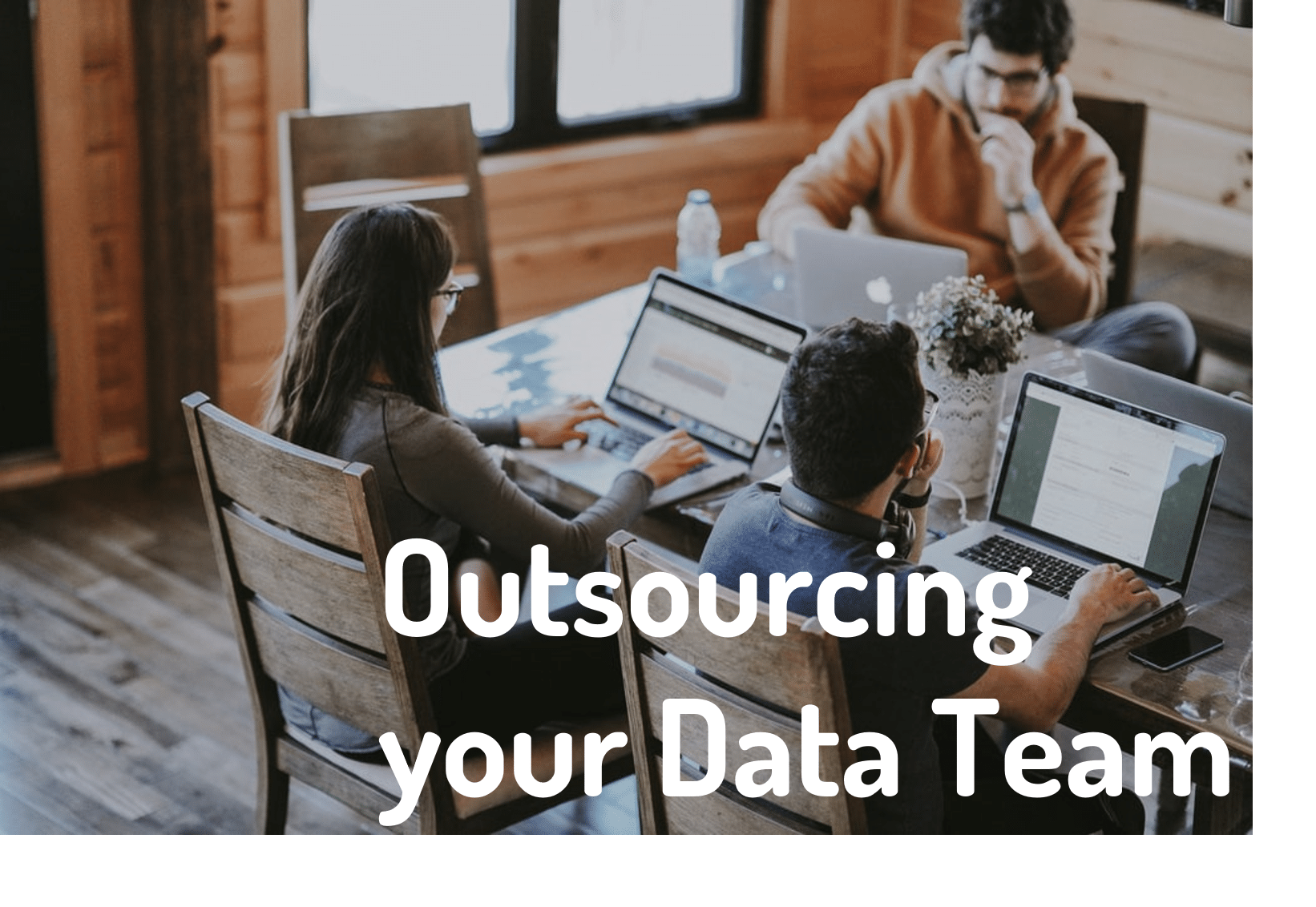
Outsourcing your data team
Look at any large mobile app company’s website and chances are you’ll see an open req for a data engineer, analyst and/or scientist. As the amount and applications for big data explode, getting useful, actionable conclusions becomes more difficult – and expensive. In the past, the only way a mobile app developer could combine their user analytics, marketing, and monetization was by building a data platform from scratch. This required building the data pipeline, storage, and visualization then unleashing analysts to unearth intelligence. Increasingly, app developers are finding technologies and solutions they can use out-of-the-box to give them the necessary findings, KPIs, and insights they need to monitor and iterate their business.
There are examples for companies at all stages: for DIYers, Google and Amazon offer very robust tools to help build your very own data pipeline with less overhead; a bit higher up the value chain you have companies like ours who offer out-of-the-box products geared directly for app developers; and at full stage outsourcing you have agencies that will take on activities previously only available to highly complex in-house teams, like UA, complex media modeling and LTV-predictions.

Turning first-party data into an asset
“Leverage your own first party data in a world where it’s becoming more scarce”
You’ve probably heard about the much-lauded rhetoric on the advent of M&A deals to create Content Fortresses, data-clean rooms, and the importance of first-party data but gloss over the details on how publishers are going to put this data to work, that is: how are they actually going to get value from this collected data? Some of our favorite examples:
Profitable Marketing:
The most widely used method for collecting first-party data for profitable UA campaigns. In the past, Facebook lookalike audiences were a powerful method for finding valuable users – but with increasing privacy restrictions the onus of this data collection – and utilization now falls to the app developers.
Consolidation for better signal and collaboration:
Beyond privacy driving the need for in-house first-party data, the drive towards consolidation allows for the ability to get data signals that will help you make a confident decision faster. Finding profitable acquisition sources, understanding market trends will all be easier with larger datasets. Additionally, teams will be able to collaborate on new, emerging technologies, marketing or product strategies for changing market conditions, or simply sharing what’s working and what’s not. Finally, cross-promotion of app users can allow for deep discounts on user acquisition campaigns.
Prioritization:
First-party data is used to both monitor and optimize priorities. Better insights into first-party data will allow app developers to prioritize their resources and actions – focusing on the items that matter. Being data-driven starts with the data: first app developers need to (a) discover the key user behaviors that matter (b) understand how to track and change those KPIs then finally (c) the ability to drive user behavior to change those KPIs.

Technology advancements make data accessible and actionable
We’re excited by the rapid advancements in big data technology that’s making getting useful outcomes from data more cost-effective and accessible than ever. Some of our favorites:
Data Accessibility:
We’ve been advocates of using Trino for quickly and effectively accessing big data in an ad hoc format. The ability to run SQL queries directly on compressed data in low-cost storage like S3 allows massive cost-effective scale and accessibility. While Athena can be quickly deployed and has proved effective for scheduling automated static queries, we’ve seen degraded performance and failed queries when used for ad hoc exploration. As we’ve needed larger-scale, cost-effective access we’ve also found Starburst’s managed query engine can scale to spin up and down server clusters giving teams fast, reliable access to data exploration.
ML-Packages:
There are increasingly effective and accessible pre-built machine learning models available to help unlock the value in user-generated user data. These models can be used to track patterns, trends, and insights that matter to the growth of your business. These can be applied to track anomalies in your KPIs, forecast the future performance of metrics, or uncover opportunities that lie within the data. Some accessible examples are Facebook’s Prophet for forecasting, Amazon Quicksight for anomaly detection and forecasting metrics.
Visualization:
We’ve seen many different ways in how teams leverage, explore and monitor data. Most generally prefer KPI dashboards – built-in Looker or one of our open-source favorites, Metabase—others need data in tabular formats or simple, old-fashioned .csv files.
Over the last five years, we’ve seen revenue reporting and consolidation get far better, we’ve seen user-level revenue become accessible to all sizes, now we’re seeing trends of business-specific KPIs emerge. This trend allows teams to track the details that matter for their business, conversions per install; levels completed per sign-in; or songs played per minute used.
Takeaways:
Leveraging data effectively isn’t easy, but technologies and innovations in 2022 will allow companies willing to undertake the investment clear and actionable valuable outcomes. As you consider your approach for the New Year, consider how data can support your growth goals and how you can effectively leverage this powerful asset for your benefit.
